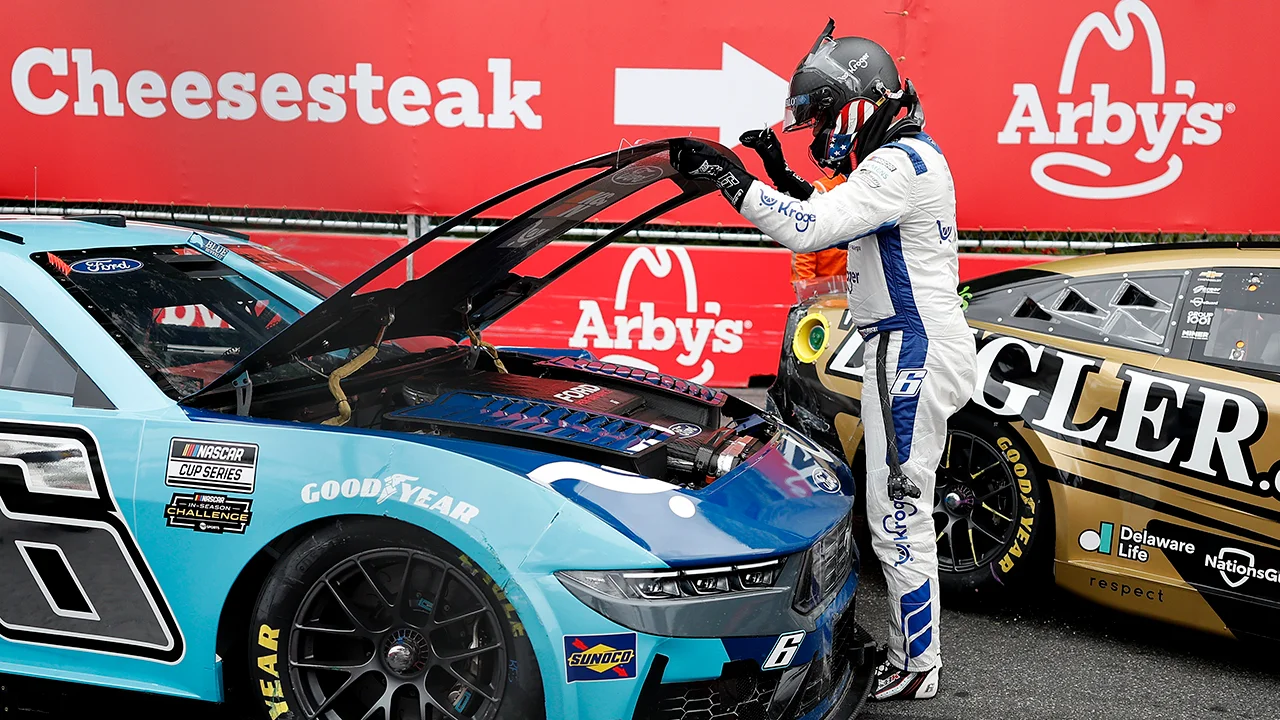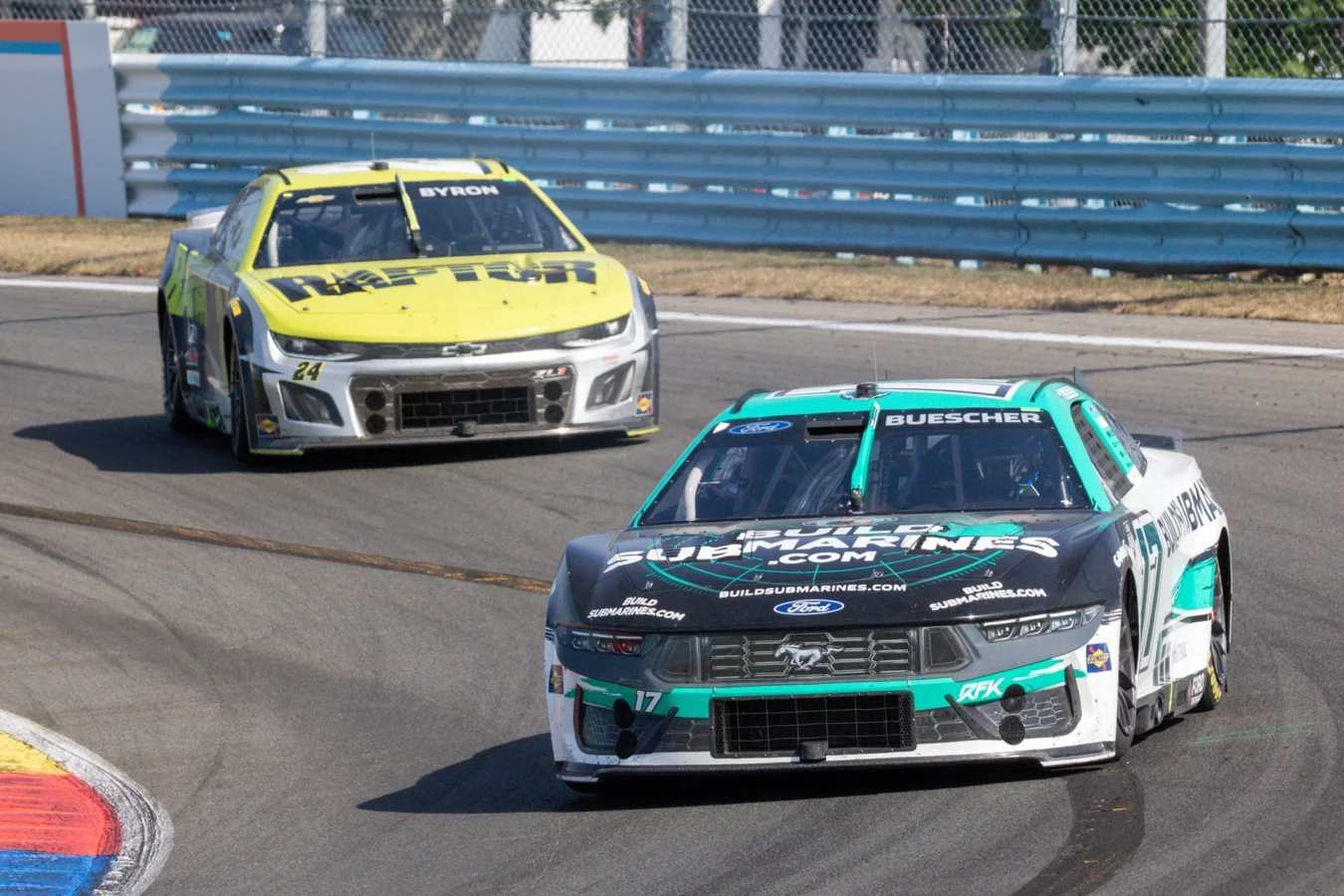RFK Racing recently offered a blend of science and pop culture by using advanced CFD technology to analyze Lightning McQueen, the iconic star of Pixar’s Cars franchise, in the context of real NASCAR aerodynamics. Their unique RFK Racing Lightning McQueen CFD video showcased how professional motorsports engineers dissect airflow over a famous animated car, drawing parallels to real racing strategies and challenges.
Engineering Lightning McQueen with Computational Fluid Dynamics
The team at RFK Racing shared an engaging video on X featuring Seth Dillard, a specialist in aerodynamics and CFD for the organization. In the clip, Dillard walks viewers through the movement of air around Lightning McQueen as though he were competing as an authentic NASCAR vehicle. This demonstration bridges racing science with the nostalgic appeal of a beloved movie character.
Dillard explained that Computational Fluid Dynamics, or CFD, allows engineers to visualize and analyze how air flows over each surface of a race car. He simplified the data for the audience, highlighting areas where air pressure fluctuates, drag forces arise, and different design elements impact overall performance. His breakdown illustrated core principles used by racing teams when optimizing real cars for speed and stability.
“So, this first one here is just showing the pressure cloud section coming around. The tires you got this big separation zone at the bottom, which is where the contact patch is hitting the ground. So, you get a pretty large separation here. And then also coming over the top, around the edges of the windshield, you get a lot of separation here as well.”
— Seth Dillard, Aerodynamics and CFD Engineer, RFK Racing
“Front fascia here where Lightning Mcqueen’s mouth is, is seeing a high stagnation buildup here, now this might actually change depending on whether his mouth is opened or closed. You can actually see on the spoiler here, you’ve only got high pressure on the outer corners, which may be a symptom of this separation, coming up, around. I guess lightening’s eyebrows are here.”
— Seth Dillard, Aerodynamics and CFD Engineer, RFK Racing

Based on Dillard’s observations, the analysis reveals that air commonly separates around the tires and edges of the windshield, creating turbulent flows that reduce speed and cause increased aerodynamic drag. Particularly at the car’s front—specifically near Lightning McQueen’s anatomical “mouth”—a pronounced buildup of high pressure occurs, further hindering aerodynamic efficiency.
Dillard also pointed out that, on the rear spoiler, only the outermost sections experience high pressure, most likely because airflow from the windshield area is unstable. For a real-world race car, this pattern would hurt stability, and reduce the downforce needed for fast, secure cornering. The analysis serves as both an educational tool for fans and an example of how professional teams use CFD to inform vehicle strategy in NASCAR competition.
RFK Racing’s On-Track Challenges and Perspective from Team Leadership
While engaging fans with innovative content like the Lightning McQueen analysis, RFK Racing is focused on achieving better results in the competitive NASCAR Cup Series. Team co-owner and driver Brad Keselowski recently addressed their ongoing pursuit of success in the 2025 season during an interview with Bob Pockrass.
“Yeah, I mean, we’re consistent. We’re just consistently not where we want to be. We said, you know, if we had wins with any of our cars, it’d be a great season… but we don’t have the wins, so we have to find ways to win.”
— Brad Keselowski, Co-owner and Driver, RFK Racing
RFK Racing’s 2025 roster has featured Keselowski in the No. 6 ford/”>Ford, Chris Buescher in the No. 17, and newcomer Ryan Preece, who joined after Stewart-Haas Racing shut down, now representing the No. 60 with Kroger as sponsor. The group entered the year with optimism, but have faced inconsistencies throughout the series.
Chris Buescher has emerged as the most reliable performer, currently eighteenth in the standings. He has amassed 854 points over 34 races, with five finishes in the top five, 16 in the top ten, and 47 laps led, yielding an average finish near fourteenth place. However, a race victory has still eluded him this year.
Kyle Keselowski, despite being a team leader, ranks twentieth with 710 points, matching Buescher’s five top-five finishes and securing twelve top tens. Keselowski has led 216 laps and averages just under nineteenth place per race. This pattern of competitiveness without victories has left the team searching for solutions in a crowded NASCAR field.
The Impact and Outlook for RFK Racing and NASCAR Fans
By taking a scientific approach to pop culture touchstones like Lightning McQueen, RFK Racing has demonstrated a commitment to both technical excellence and fan engagement, potentially inspiring new audiences to appreciate motorsport engineering. Meanwhile, their efforts on the track reflect ongoing challenges as the team seeks greater consistency and victories in a demanding NASCAR season. With standout drivers such as Chris Buescher and Brad Keselowski, and the recent addition of Ryan Preece, RFK Racing remains in the mix, striving for wins and deeper impact within the league. Their innovative use of CFD analysis, whether for real racers or animated icons, highlights a forward-looking strategy that could influence both performance and public interest moving forward.
Bringing in professional analysis ⚡️😤
Seth Dillard – Aerodynamics/CFD Engineer for RFK Racing – gave us a full breakdown from this CFD of Lightning McQueen. https://t.co/Vlv0GF693e pic.twitter.com/5A2db4HqhJ
— RFK Racing (@RFKracing) October 21, 2025
